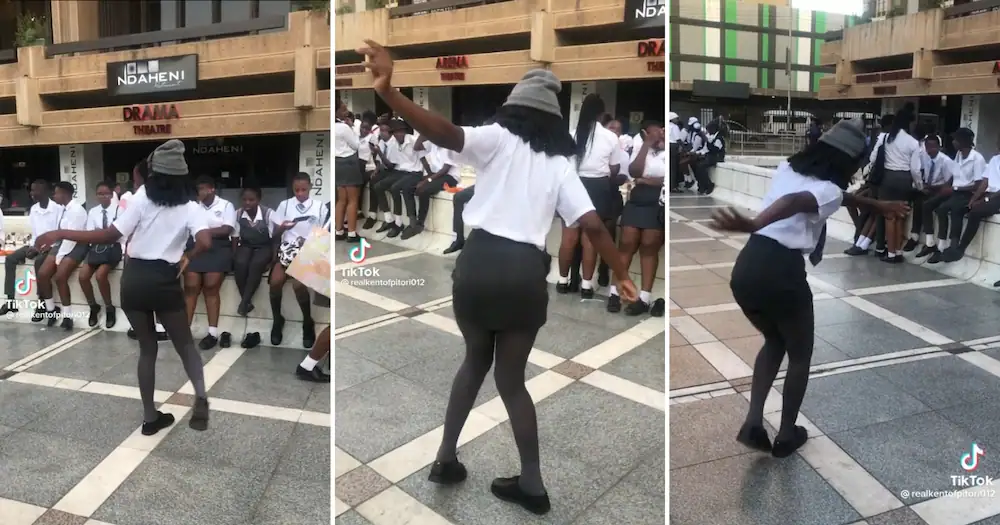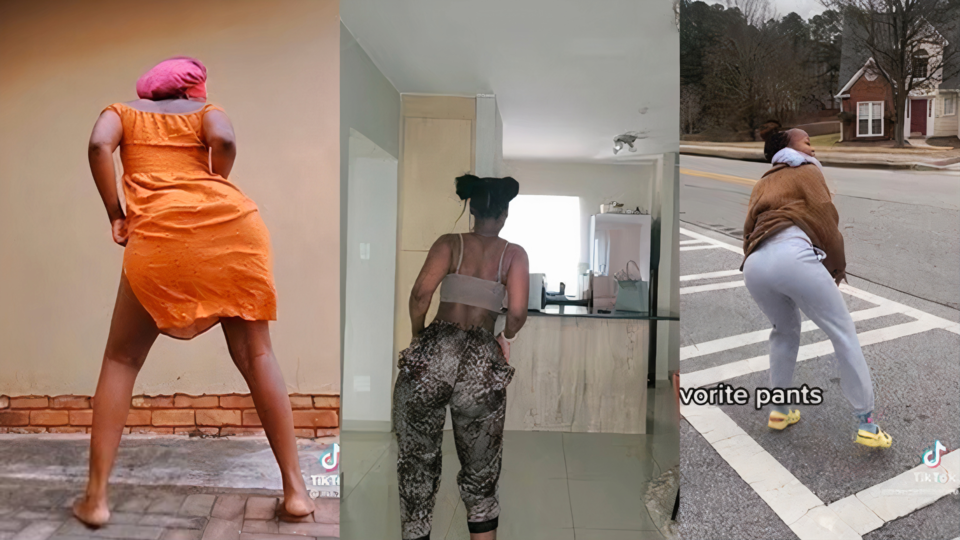From the Kwasa Kwasa to the Gwara Gwara, South Africa has always known how to move. It seems natural that a platform like TikTok would only amplify our incurable groove fever. TikTok has amassed an immense amount of dance challenges but it would be imprudent to ignore the fact that they are fleeting. For this reason, dance challenges can scarcely be relied upon to provide an in-depth understanding of a specific culture’s dance traditions, but Bacardi ya Pitori hits different.
Its connections to South African dance culture are explicit, but it also offers important insights into how dance culture is evolving and being disseminated globally. Still making headlines this year, the dance has been around for some time, reaching a milestone on 18 August 2022 when a group of over 250 dancers broke a Guinness World Record for the largest Amapiano dance in South Africa.
Having gained momentum on social media platforms like TikTok and Instagram, the origin of the challenge’s name remains unclear. l certainly wouldn’t put it past our people to simply have named the trend after Bacardi, the alcoholic brand that’s insanely popular in SA nightlife. Often classified as a genre in its own right, the viral trend is firmly rooted in Amapiano, a music genre that emerged in South Africa during the mid-2010s. Locally known as Bacardi ya Pitori, it was birthed within the infectious flow of Pretoria’s brand of Amapiano.

The dance often sees performers positioning their back towards the camera, usually moving their bodies from below the waist, drawing attention to their bouncing buttocks, effortlessly synched to the signature sound. To this day, hashtags like #bacardiyapitori, #bacardidance and #bacardichallenge featuring users flawlessly executing the dance continue to garner millions of views.
What interests me about the trend is that it is so often touted as a tamer version of twerking. James Melbin of moveee.com describes it as “A dance that’s taking the internet by storm, one twerk at a time. … It’s like twerking laced with a stronger touch of razzness, class, and grace. It’s like watching a ballet dancer do the cha-cha, but with more booty shaking.” My answer to that is “Mmmkayyy … [*insert super bombastic side eye]”
While Bacardi ya Pitori is undeniably similar to twerking, I am uncomfortable leaving it languishing in twerking’s mammoth shadow. I am intrigued by what gives #bacardi its unique twist as I believe it has claimed its own distinct place in the realm of dance. I venture that one major distinction is that where twerking is known for its public spectacle, while Bacardi ya Pitori might have more intimately communal implications.
Though it has recently embraced its African and Caribbean roots, twerking is often relegated to frivolous pop culture fodder. In spite of this, it has become popular in the wellness world, where it is used for fitness and spiritual purposes, but twerking still holds a tenuous position in the popular imagination. This is unsurprising because as Audre Lorde puts it, “Of course, women so empowered are dangerous. So we are taught to separate the erotic demand from most vital areas of our lives other than sex.” And this is where my discomfort with the common association between dances like #bacardi and twerking lies.

Melbin once again intervenes with a telling statement, “Apparently, school girls in South Africa are all over TikTok dancing Bacardi in their uniforms, and it’s a wonder anyone can concentrate on their studies with all that booty shaking.” Such simplistic assumptions arbitrarily undermine the potential role of #bacardi in the scholarly sphere. The gaze of SA male TikTokers of a certain age also comes with a condescending air, posting images of women performing the Bacardi dance, captioned with “Guess where she is from” or “Pitori huns be like…”.
But the trend’s massive momentum is such that such remarks are reduced to harmless quips. And while twerking is usually overwhelmingly sexualised and gendered, Bacardi ya Pitori remains decidedly obscure. It’s true that like most TikTok dance challenges, #bacardi’s main proponents are mostly South African teens, but it also features preteens, adults with voluptuous physiques, those with petite frames, older people and even male dancers, defying respectability conventions and gender binaries.
Perhaps a more apt comparison would be with the Xibelani dance, attributed to the Tsonga people of Limpopo, South Africa. Its name, from Xitsonga, means “hitting to the rhythm” and it is typically performed while wearing a “tinguvu” skirt. Originating from Mozambique’s Chopi people, Xibelani is used in various settings from parties to rituals. While it also had gendered connotations in the post-colonial moment, both men and women have recently re-embraced this dance, aligning it with the global resurgence of inclusive traditions.
The fact that all kinds of South Africans can be seen participating in Bacardi ya Pitori suggests that there is some sort of progression in our interpretation of dance and gender. No longer confined by the hetero-patriarchal classifications brought on by colonial logic, Bacardi ya Pitori is a clear addition to the long lineage of dance traditions that fall within the holistic realm of erotic fluidity. This cultural movement can be a potent tool of fierce seduction, or a simple expression of openly African joy and creativity.
In its rhythm and sensuality, the hypnotic move can even become a pathway towards communal healing and a contemporary pillar of Africa’s love affair with technology. As it is so difficult to appropriate, the trend can even safely serve those beyond our continent by being a starting point for the inclusive exploration of dance cultures from around the world. TikTok’s archival capabilities allow millions to engage with Bacardi ya Pitori while reflecting the irresistibly authentic motion of an unstoppable people.



















































